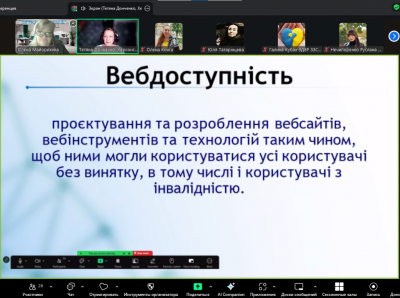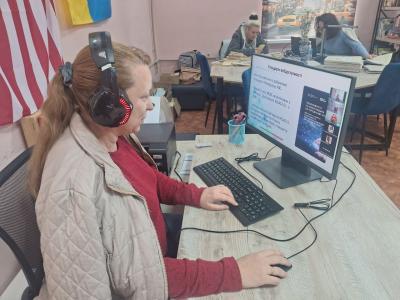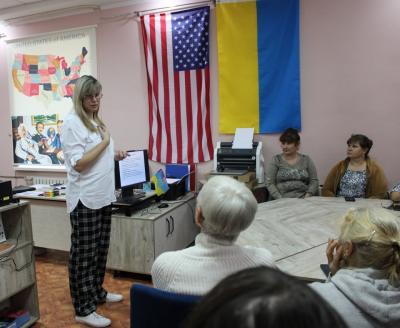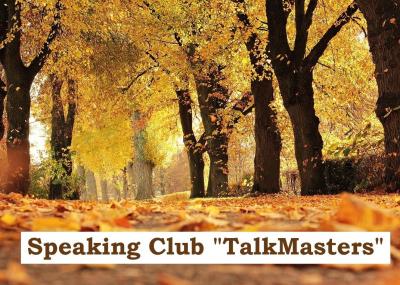Benny Goodman
Benny Goodman
1909-1986
He was the Beatles of his day. And he did it with pure, uncompromising music. He never compromised.
—George Wein, New York Times, June 14,1986
It had been a long, tough road from New York City to the Pal- omar Ballroom in Los Angeles. Benny Goodman and his jazz orchestra had not been greeted well during the preceding month-and- a-half—long string of one-nighters. They were playing to half-empty houses or worse. In Denver the ballroom manager wanted their contract cancelled unless they played popular dance music. Goodman had just about decided to give up the band when he arrived at the Palomar on August 21, 1935.
To his surprise the Palomar had a full house. For the first set Goodman played the sweet, popular music that he thought the dancers wanted, but they were unimpressed. Figuring it was the end anyway, he decided to go down swinging. For the second set they jammed on a Fletcher Henderson arrangement of “King Porter Stomp,” and to Goodman’s amazement the crowd came alive, cheering and applauding. Now the maestro realized: This is what they came to hear. The swing era was born.
Some bands were already into swing, but it was Goodman who kicked off the swing craze in the United States. That mania, with its frenzied fans and jitterbug dancing, would last for more than a decade and continue as a viable jazz form into the twenty-first century. It made Benny Goodman a national celebrity, dubbed the “King of Swing.”
Benjamin David Goodman was born in Chicago on May 30, 1909, one of twelve children in the family of David and Dora Goodman, immigrant Jews from Eastern Europe. His father, a poor tailor, encouraged his children's education and musical training. Benny’s musical education began in 1919 at the local synagogue, which provided him with a clarinet. The next year he joined the marthing band of the famed Hull House settlement center and about that time began lessons with Chicago Symphony Orchestra clarinetist Franz Schoepp.
At twelve he won a contest imitating nightclub celebrity clarinetist Ted Lewis, and by fourteen he was playing with a local band. While still in short pants (then the style for children), he started jamming with a teenage group, including members of the “Austin High School Gang,” such as Bud Freeman, Jimmy McPartland, and Dave Tough. He was influenced by emerging jazz stars of the day: King Oliver, Louis Armstrong, Bix Beiderbecke, and particularly clarinetist Jimmy Noone.
Ben Pollack, a local drummer, was impressed with Goodman, and when he formed a band and went to Los Angeles, he sent for the “kid in short pants” to join him. It was 1925 and Goodman was only sixteen. In the band were other future stars, including Jimmy McPartland, Glenn Miller, Jack Teagarden, Harry James, Muggsy Spanier, and Bud Freeman. After a few months the Pollack band returned to Chicago, where Goodman cut his first records and became the band’s featured soloist.
The band headed for New York City in 1928 and caught on quickly. The next year, however, Pollack and Goodman had a dispute, and Goodman left the band. By then Goodmans reputation as a top sideman was made, and soon he was making from $200 to $400 a week, an astounding sum in the Depression era. Mainly he played radio and recording gigs for top orchestras, including Paul Whiteman, but he also performed in pit bands for Broadway musicals, including the George Gershwin hits, Strike Up the Band and Girl Crazy. In 1933 Goodman encountered John Hammond, a jazz enthusiast and promoter, and his career took off.
Hammond had been assigned to produce some jazz records, and he hired Goodman to form an orchestra for the date. Goodman assembled an all-star group and the records were released in 1934 with Goodman as leader for the first time. Afterward Goodman, with Hammond’s help, formed another group to audition as a house band at Billy Rose’s Music Hall. Goodman had an advantage because his was one of the few white jazz bands around, and in those days some venues would not hire black musicians. The Music Hall gig lasted three months, after which Goodman landed a spot on a groundbreaking new radio show, Let’s Dance, featuring three outstanding dance bands. The program aired coast to coast for three hours on Saturday nights.
Goodman determined that the Let’s Dance orchestra would reflect his own high and exacting standards of musicianship. Under his direction the band developed into a highly disciplined ensemble. He put up with no sloppiness in rehearsals. If a musician played a wrong note or was in the wrong key he got “The Ray,” a dreaded long, icy cold stare from Goodman that froze many a sideman.
Goodman still felt something was missing from the band: a hard swinging drummer. Not just another time-keeping “boom chucka boom” drummer, but someone who could really drive the band. Goodman chose the flamboyant Gene Krupa, also a Chicago native. With Krupa on drums and playing Fletcher Henderson arrangements, Goodman finally had what he wanted.
The Let’s Dance broadcasts, attended by a large studio audience, dancers, and other sidelights, were a huge success. Unfortunately, the program was cancelled after twenty-six weeks because of a strike in the sponsor’s factory. The Goodman orchestra was a critical success, but it was early in the jazz/swing movement, and the orchestra had not yet developed a wide following. After Let’s Dance the Goodman orchestra followed the sweet Guy Lombardo troupe into New York’s Roosevelt Grill.The middle-aged, waltzing crowd rejected Goodman’s music, and in two weeks he was out.
The disappointments piled up for Goodman until his hit at the Palomar Ballroom. Goodman’s engagement there extended into two months, playing to wildly enthusiastic crowds. Near the end of 1935 Goodman headed for Chicago, his popularity spreading like a brush fire. Playing the Congress Hotel in his hometown, Goodman jammed in the fans, and his stay extended to six months. He also began what are considered among the first jazz concerts when he performed at nondancing sessions with his trio: Goodman, Krupa, and pianist Teddy Wilson. Goodman loved tightknit ensemble playing, in which he strived for the precision of a classical string quartet.
Wilson, who was black, had joined Goodman in 1936 from New York in what was one of the first high-profile integrations of black and white musicians. Later that year Goodman brought in black vibraphonist Lionel Hampton to form a quartet. Goodman never compromised with club owners who objected to his integrated group.
The demand for Goodman’s music was now reaching a frenzied pace, and his personal appearances in the late 1930s acquired a near rock-star hysteria. At the 1937 Paramount Theater appearance, young people lined up around the block at dawn for the first show. During the show and even before and afterward they cheered, clapped, stomped their feet, and danced in the aisles. All attendance records were broken.
In that period Goodman began a three-year radio engagement on the Camel Caravan and appeared in two Hollywood movies, The Big Broadcast of 1937 and Hollywood Hotel. His crowning success was a 1938 appearance at Carnegie Hall. For the concert, in addition to his own orchestra, he brought in some of the finest jazz men, including trumpeters Buck Clayton and Cootie Williams; saxophonists Johnny Hodges, Lester Young, and Harry Carney; and pianist/bandleader Count Basie. The climax of the evening was a twelve-minute swinging rendition of “Sing, Sing, Sing,” driven throughout by Krupa’s drums and topped with outstanding solos.
The Carnegie Hall concert wasn’t just about Goodman, it was about jazz coming of age as a respectable art form. It was a huge popular and critical success, whose live recording is a jazz classic that is still selling over sixty years later.
In July 1940 Goodman required surgery and had to disband the orchestra temporarily. Some of the top members, such as Krupa and Harry James (trumpet), had already left, and others, such as Hampton and Ziggy Elman (trumpet), followed before Goodman reformed the band several months later. His new band took on a somewhat different character, with outstanding personnel, including Georgie Auld (saxophone), Dave Tough, (drums), and the legendary Charlie Christian (electric guitar). By the end of the 1940s Goodman briefly assembled a new group to play bebop, although his own style changed little.
From the 1950s Goodman played and recorded mostly in small groups, and began to travel extensively as a roving ambassador for the U.S. State Department. In 1978 he assembled another big band to play for the fortieth anniversary of the Carnegie Hall concert. Goodman never lost his desire to play classical music, and in 1938 he recorded Mozart’s Clarinet Quintet with die Budapest String Quintet. Thereafter he played and recorded with leading svmphony orchestras, and he commissioned and performed clarinet works by various composers, including Bela Bartok, Aaron Copland, and Paul Hindemith.
Goodman continued to record into the 1980s. He received a Kennedy Center Honors Award in 1982; among his other awards were an honorary doctorate from Yale University and the coveted Peabody Medal. On June 13, 1986, Benny Goodman, the King of Swing, died of a heart attack at age seventy-seven.
More detailed information can be found in the "Extraordinary People in Jazz" M.Marvin, and issued by The Scholastic Inc. in the USA, where over 254 persons are listed.
Information should be used just for educational purposes.










